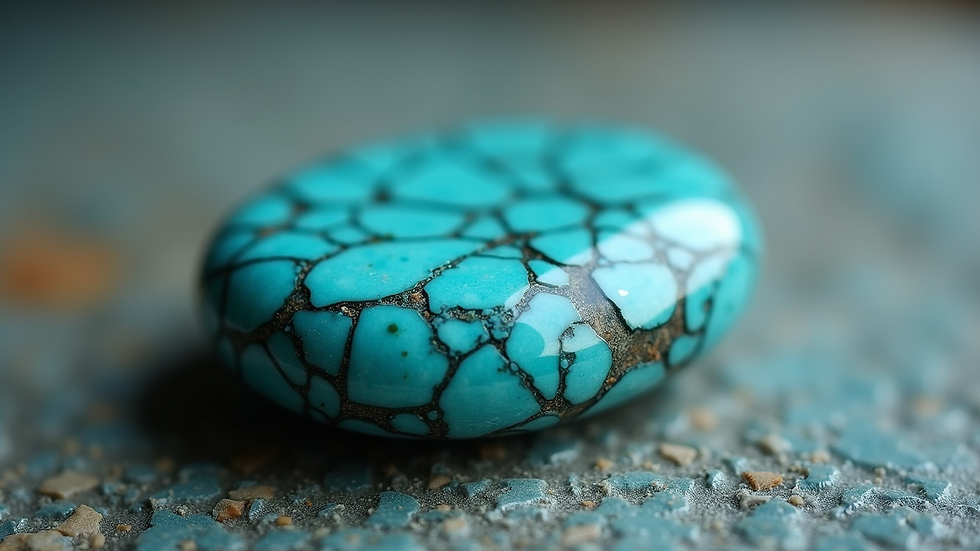Turquoise By The Numbers
- Feb 7, 2021
- 2 min read
In Turquoise in America Part Two 1910-1990 we tell the different stories of many of those who made up the turquoise trade including miners, wholesalers, distributers and those who manufactured and sold the jewelry. Maisel’s was one of the largest manufacturers and retailers of Indian jewelry operating out of Albuquerque. They had been involved in a famous court case in 1932 because they were selling machine manufactured jewelry as handmade. They lost the court case but, as the verdict was not enforced, that problem has continued to the present made even more offensive by unscrupulous dealers selling machine made foreign jewelry as Indian handmade. Fortunately recent convictions have finally recognized the problem and enforced penalties.
Manufacturing on a large volume requires economy of scale. In order to meet production quotas for large orders while retaining production quality and control the cutting of calibrated cabochons was required. Vivian King had married Travis Edgar. After their divorce Vivian married Jack Flavin, a career Air Force officer. In 1945 they were in Albuquerque and Vivian, and perhaps Jack as well, were cutting turquoise for Maisel’s. In the top photo we see a tinplate from Maisel’s that would be used by cutters to outline a slab before cutting to be used as a form for the cabochon. These different shapes were identified by number. The top row shows different size ovals with a number sequence from smallest to largest of 210 to 255. The plate is dated 12/11/45.


The next photo is a tinplate that belonged to Vivian Flavin and comes from her son Mike Flavin, a turquoise cutter, jewelry maker and dealer from Sanford Colorado. This smaller plate contains the same number sequence for square cut cabochons as found in the lower right of the larger tinplate Viv is faintly etched in the plate as well as the name Maisel’s and two dates, 10/19/45 and 12/07/45. These dates correspond to when Viv would have been working for Maisel’s according to Mike. The two tinplates in her position leads to speculation that she may have been cutting from home as well as in Maisel’s cutting operation.
These are the fascinating sub stories of turquoise that comprise the totality of a life. Knowing the full detail of even one life would require volumes to tell the full tale. Multiplied by the thousands of lives of those who have comprised the history of turquoise in America would take up the space of a large library. Yet we are pleased to have even a glimpse into these personal archives. They make our story come alive. Read Turquoise in America Part Two 1910-1990 to hear more of these intimate Stories of Turquoise.
Mike Ryan II


Comments